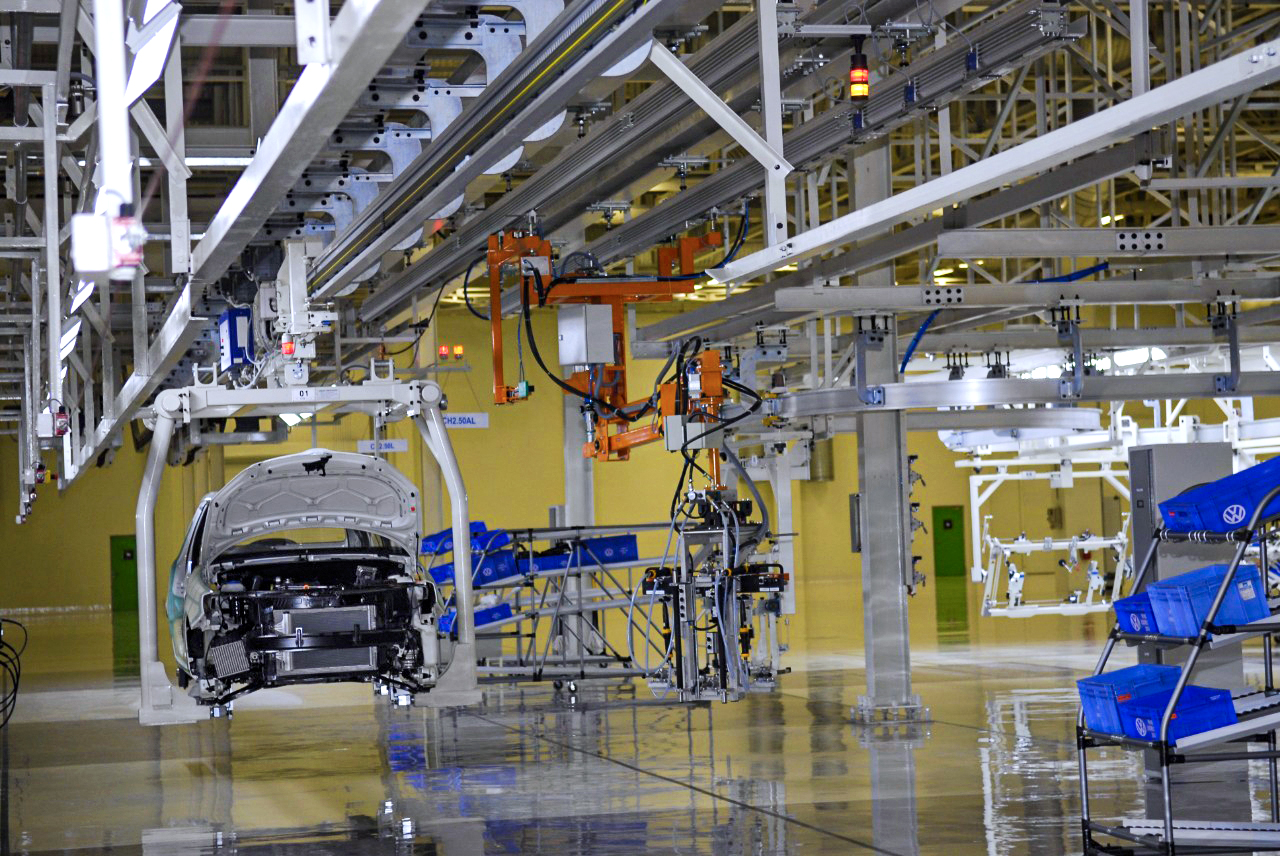
With capacity crunch mainly for older, larger microchips, shift to newer chip technology will ease supply bottleneck.
Nearly two years after the chip shortage first struck the auto industry, carmakers are still struggling to get ahead of the problem. However, Sachin Lawande, president and CEO of Visteon – a global leader in automotive cockpit electronics – believes we are nearing the end of the semiconductor shortage, as the industry moves to newer, faster chips, which are in greater supply.
“It’s important to note that there’s plenty of semiconductor capacity for a certain class [of chips],” Lawande explains. “For the newer, smaller-nanometre technology chips, there is now good supply as semiconductor makers have invested heavily in the 28, 14, 10, 7 nanometres (nm) and so on. However, a few automotive chips are still the 40 or greater nanometre ones.”
This is in reference to the surface area of the chip, in nanometres. Older, larger, 40-nanometre chips have their transistors spread over a wider area, while a smaller chip size allows for tighter-packed transistors. Less space between transistors allows electrons to travel faster, thus improving computing speed.
Continued reliance on older chips
The thing is, as Lawande says, automobiles still rely on the old chips as well as the new ones. While the newer, smaller, faster chips are used in the latest screens and infotainment systems, the older 40nm variety are required for simpler, more mundane automotive tasks. The good news is the rapid shift to the faster chips – also used in gadgets and electronics, which are constantly advancing – means that the capacity crunch for the old chips is now freeing up.
Moreover, to help alleviate the semiconductor shortage, brands as well as component suppliers are now designing systems that rely on fewer chips, and the Visteon-supplied SmartCore system in the Mahindra XUV700 is a good example of that.
“If you look at our SmartCore product, it actually uses fewer chips than a discrete product, because the newer chips are more powerful and allow us to integrate many of the things in the software that earlier needed multiple products,” says Lawande.
The ‘core’ of the problem
To understand why the automotive industry is so heavily affected by the chip shortage, here’s a brief explainer. When the pandemic hit and automobile sales all but dried up, the auto industry stopped and even cancelled its orders for semiconductors.
However, of the USD 40bn semiconductor industry, the auto industry accounts for a meagre nine percent, with consumer electronics among the biggest, especially as the world started working from home. So when the time came to restart production and supply again, the auto industry was bumped to the back of a very long queue, creating a huge backlog that is yet to be overcome.
That said, the larger issue remains the auto industry’s reliance on older chips, according to Visteon. But with redesigned systems relying on fewer, more powerful chips, and along with the production ramp up, the industry will soon no longer have a chip shortage problem. Lawande believes this will be within a year. “I expect us to be back into excess [semiconductor] capacity by the middle of next year. And at that point, nobody will be talking about semiconductors anymore, this will be behind us thankfully,” he concludes.
Also read:
Apple CarPlay, Android Auto driving up screen size: Visteon chief
